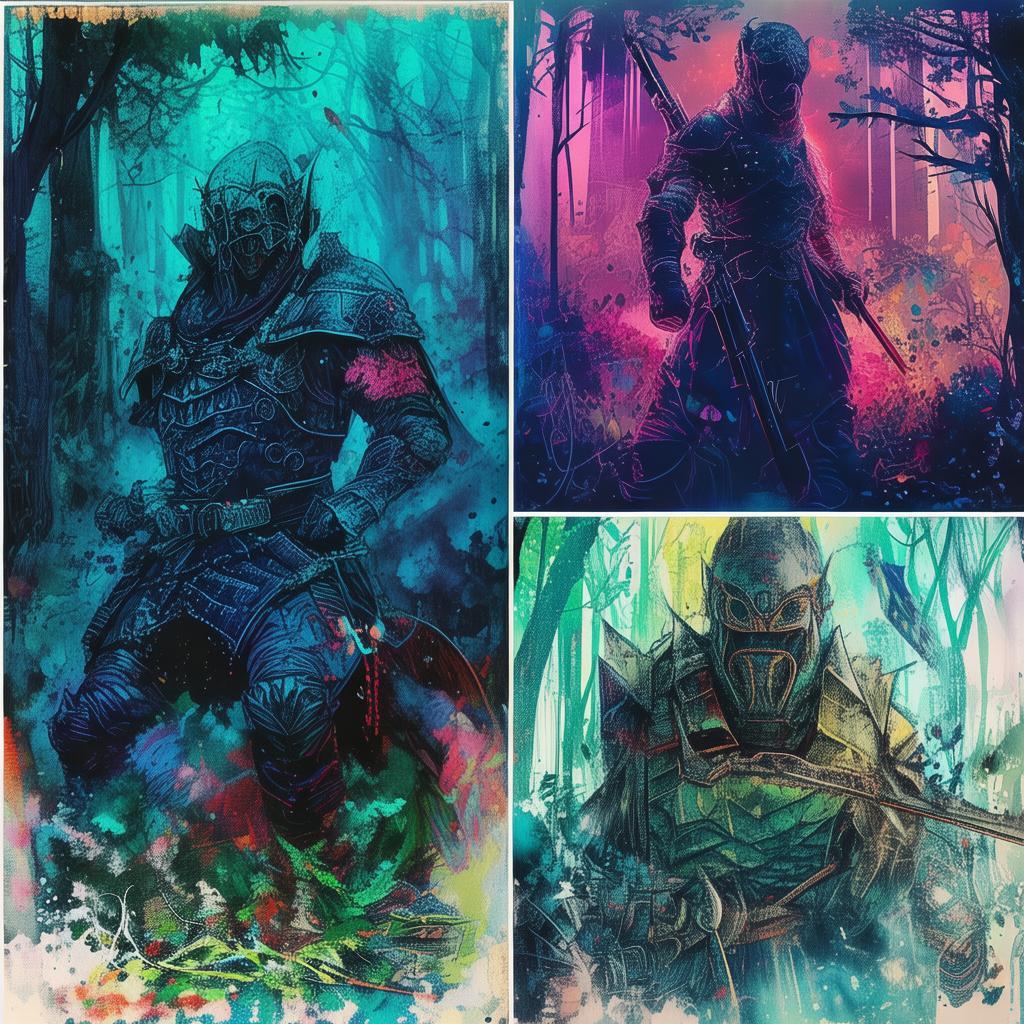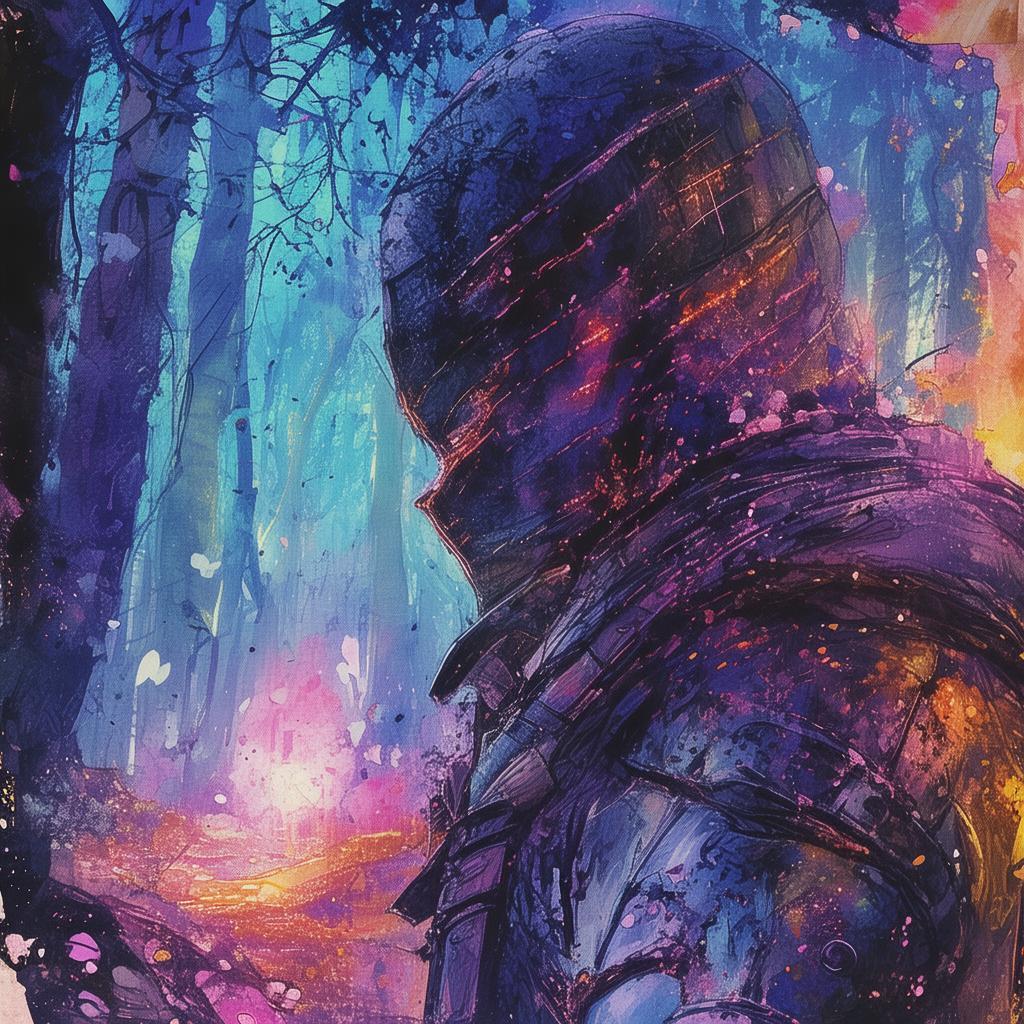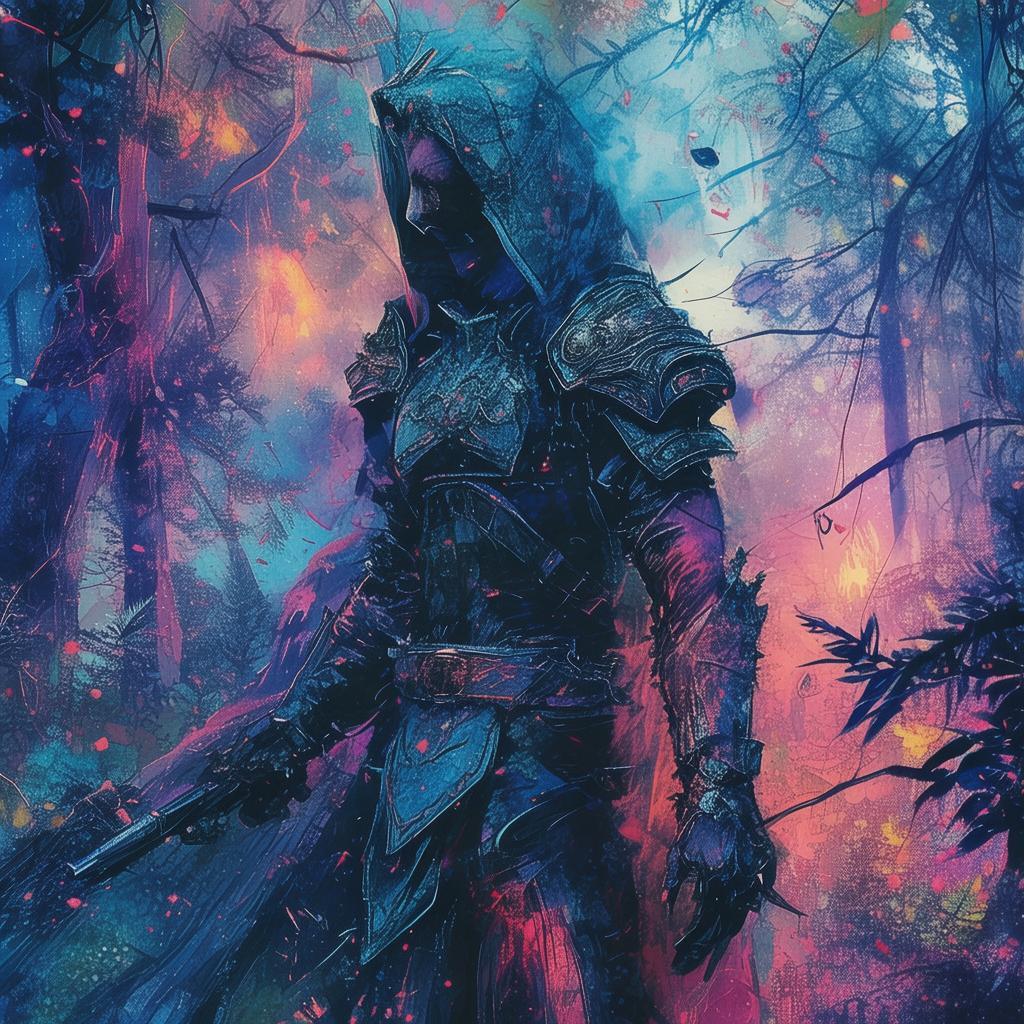The Lament of the Last Kite
In the heart of ancient China, amidst the clashing of swords and the roar of battle, there lay a silent symbol of hope—a kite. Known as the "Last Kite," it was said to be woven with the threads of dreams and the whispers of the ancestors. This kite was not like others; it was bound by a solemn promise, a silent vow that had spanned generations.
The Warring Clans, the Huang, the Bai, and the Chen, had been locked in an eternal struggle for dominance over the land, their battles as fierce as the storms that raged across their fields. Each clan had its own legends, its own grievances, and each held a piece of the kite, a token of their ancestors' blood pact.
The Huang clan, proud and warrior-like, believed that the kite was their birthright, a symbol of their ancient victory over a rival tribe. The Bai clan, known for their cunning and intellect, saw the kite as a means to an end, a tool to wield against their enemies. And the Chen, a clan of healers and artisans, held the kite as a promise of unity, a symbol of peace they yearned for.
In the year 238 BCE, the Huang and the Bai clans found themselves on the brink of war, the tensions as thick as the fog that often cloaked their fields. It was during this tense time that a young member of the Huang clan, a boy named Ming, found the Last Kite hidden away in his great-grandfather's attic.
Ming, a boy with a heart as brave as his ancestors', had always been fascinated by the kite. To him, it was more than just a piece of history; it was a promise, a promise of something greater than the conflict that raged around him. Determined to find a way to end the war, Ming embarked on a quest to bring the kite to the leaders of the other two clans.

With each step, Ming faced challenges and dangers. He had to navigate through the treacherous political landscape of his time, where betrayal was as common as the sunrise. But his resolve was unwavering, for he knew that the fate of his people rested on his shoulders.
As Ming journeyed through the land, he encountered the Bai leader, a woman named Mei, who was equally determined to end the conflict. Mei, a master strategist, had seen the ravages of war firsthand and understood the need for peace. Together, Ming and Mei formed an unlikely alliance, their shared vision of peace guiding them through the treacherous path ahead.
Meanwhile, the Chen clan, led by the wise and gentle elder, Li, had been working behind the scenes to foster unity among the clans. Li believed that the Last Kite was a beacon of hope, a sign that the time for war had passed.
The climax of Ming and Mei's quest came when they arrived at the Chen clan's ancestral grounds, where the kite was kept. As they presented the kite to Li, the three leaders were struck by the beauty and significance of the symbol they had been carrying.
Li, in a moment of profound realization, declared that the kite would be used as a symbol of unity and peace, and that the time for war was over. The Huang, Bai, and Chen clans would put aside their differences and work together to build a new future.
The Lament of the Last Kite became a tale that would be told for generations, a testament to the power of unity and the resilience of the human spirit. The kite, once a symbol of division and strife, now flew high above the land, a beacon of hope and peace.
The story of the Last Kite served as a reminder that even in the darkest of times, there was always a glimmer of hope. And in the end, it was the courage of a young boy, the wisdom of an elder, and the determination of a warrior woman that brought about a change that would forever alter the political landscape of ancient China.
✨ Original Statement ✨
All articles published on this website (including but not limited to text, images, videos, and other content) are original or authorized for reposting and are protected by relevant laws. Without the explicit written permission of this website, no individual or organization may copy, modify, repost, or use the content for commercial purposes.
If you need to quote or cooperate, please contact this site for authorization. We reserve the right to pursue legal responsibility for any unauthorized use.
Hereby declared.









